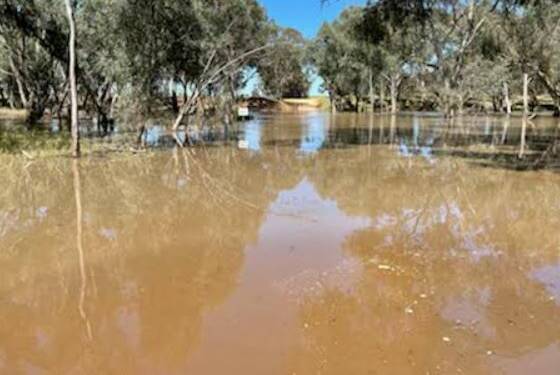
THE LA Nina weather event, which has caused the wettest summer for parts of eastern Australia since 2010-11, is stubbornly refusing to dissipate.
After the Bureau of Meteorology flagged the start of the decaying pattern of the La Nina last month, its latest update said the weakening process had stalled, primarily due to strong trade winds.
The BOM is now forecasting a return to neutral El Nino - Southern Oscillation (ENSO) conditions late in the autumn.
This could be potentially good news for farmers in the Murray Darling Basin and in the south-east of the country looking for a good start to the autumn growing season.
It will be a different story on the east of the Great Dividing Range, where much of coastal NSW and south-east Queensland has suffered extensive flooding in the past month, where the likelihood of above average rain is unlikely to be welcomed.
The BOM said the weakening La Nina still had the potential to deliver a sting in the tail, with the tropical storm season officially running until April, which not only raises potential of northern rain but of moisture being drawn south and delivering heavy totals in southern areas.
In the atmosphere, there is still a positive Southern Oscillation Index (SOI), correlated with La Nina.
In the short term the BOM is watching a pulse of the Madden-Julian Oscillation (MJO), which is strengthening over the Indian Ocean. Most climate models suggest the MJO is likely to move into the western maritime continent region, centred over Indonesia, to Australia's north, in the coming week.
Typically, the BOM said when the MJO is around Indonesia, there is an increased likelihood of above-average cloudiness and rainfall across northern Australia and the islands to our north.
The risk of tropical cyclone development is also expected to be elevated across parts of northern Australia and the tropical South Indian Ocean in the coming fortnight.
Start the day with all the big news in agriculture! Sign up below to receive our daily Farmonline newsletter.


